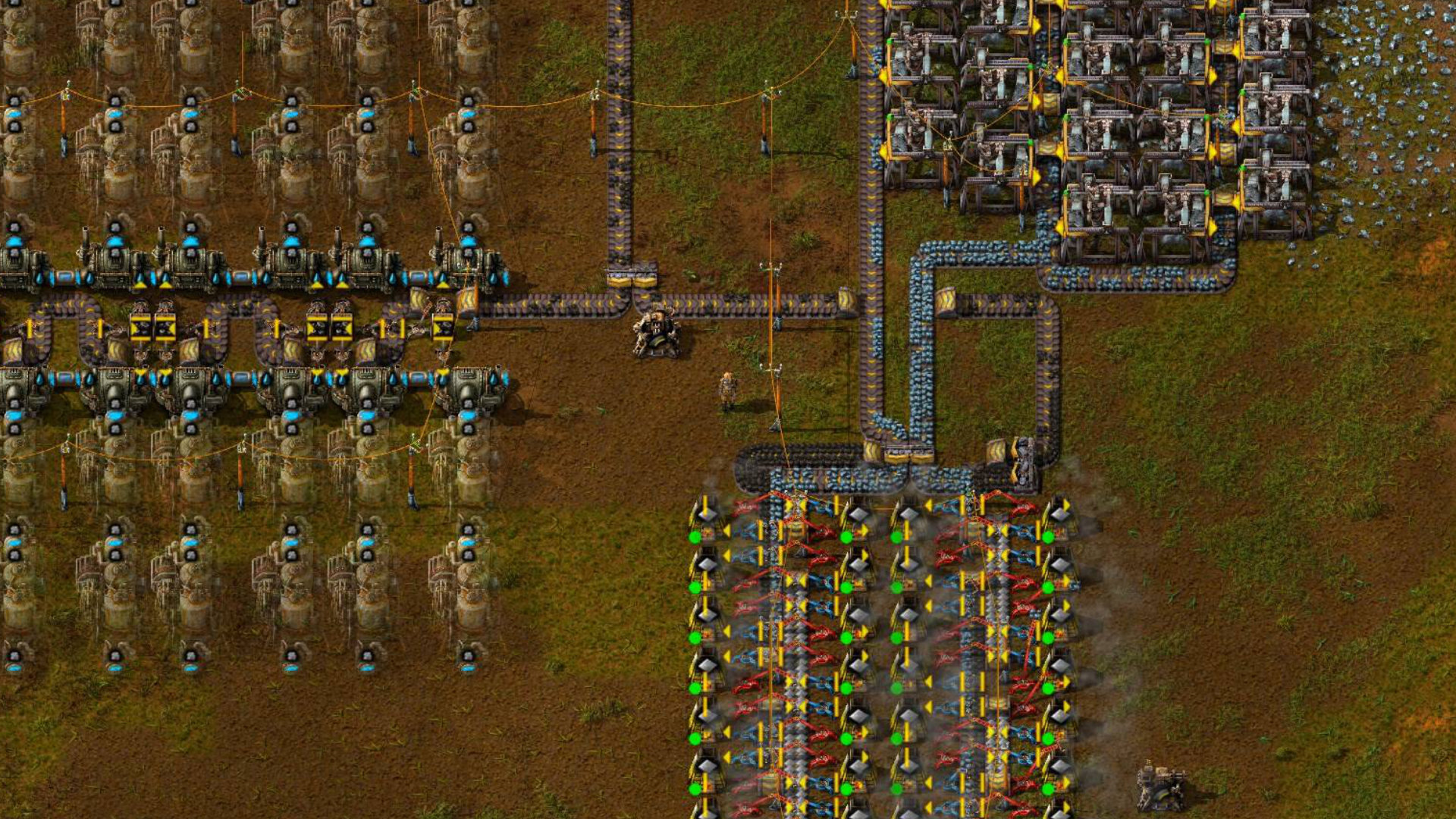


- #Automation game engine guide update#
- #Automation game engine guide code#
- #Automation game engine guide free#
The head of the community is Romain Killian, the developer of Orx. This has helped accelerate changes to the Orx engine and Orx-based projects and games, as well as enabled faster communication between users. In recent times, the Orx community has opened an active chat room on Gitter. The forum acts as a treasure trove of information and tips. There is a forum, as you would expect, with many years of advice and answers to developer questions. Orx has a very small, but friendly community. But that is only the tip of the iceberg in terms of what power is available to the indie game developer. That is the absolute beauty of Orx's configuration system in one small but complicated example.
#Automation game engine guide code#
No code to track its lifetime or what it is expected to do. No code to manage the object if you don't want to. The upshot of all this is: Create a single ExplosionObject on the screen, and everything defined under it will happen automatically for you. In the same way, the main object will also fade out before being removed after one second. But send these objects in any direction with a certain speed, only live for two seconds each, and fade out before being removed. The spawner will expel Spawner Objects, which in turn have their own graphic. But it simply means: define an object with a graphic. How can Orx deal with this in a better way and make the developer's life easier? By constructing object configuration that would resemble something like this:ĭirection: 360 degrees random, 5 units of velocity Your event code would then also need to time the life of the explosion and sub-explosions and remove them after their lifetime has been exceeded.
#Automation game engine guide update#
If the explosion object triggered a few smaller explosion objects, you would need a loop to create them all, then set up events to track each one and update their positions. You would place an explosion sprite on top of your alien ship, then destroy the alien ship itself. Imagine you want to destroy an alien on the screen. It would be better to describe a typical game development scenario, and how Orx's configuration system could make the task much easier. Yes, that is a major mouthful and probably does little to describe what it is for.

The configuration system is designed to replace large chunks of code, timers, and event listeners with user-defined data configuration. The other side is something quite clever: the configuration system. One side is the clean code of the API, developed entirely in C, but with an object-orientated design. There are two sides to this little engine. Yet, the majority of the crowd has simply passed it by.ĭeveloped since 2007, and with roots going back to 2002, Orx is an engine for C, C++, or Objective-C developers to create top performance 2D games. And very occasionally, you come across a project in a quiet corner of the internet that just ticks all the right boxes. Some have large communities, rich toolsets, and big businesses behind them.
#Automation game engine guide free#
Some are completely free to do anything you like with. Some are Java based, Javascript, C#, C++, or perhaps their own special scripting language. There is a sea of game engines available on the internet.


 0 kommentar(er)
0 kommentar(er)
